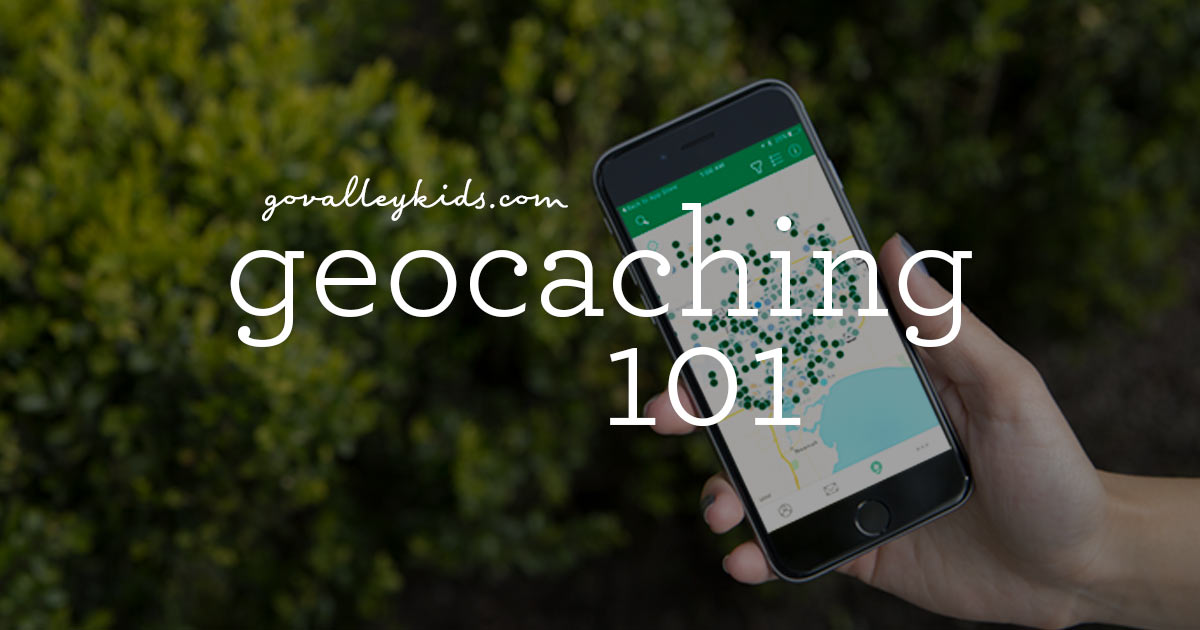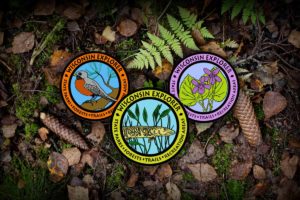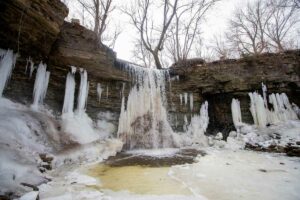What is geocaching?
I am the type of person who gets tired of being indoors in the winter and try to find ways to get myself out of the house to enjoy the fresh air. Once I discovered geocaching, I am never at a loss for something to do by myself or with others. Geocaching is a type of treasure hunting hobby that uses GPS coordinates to help searchers find hidden treasures right in your community or almost anywhere in the world, even in places as remote as Antarctica. There are over 1,000 geocaches hidden within 10 miles of Appleton alone so there are plenty of treasures to search for.

What do you need to get started?
All you need to get started in geocaching is an Internet connection and a GPS receiver. Most smartphones have GPS capabilities and are fine to use for this purpose but an actual handheld GPS will give you better accuracy. There are many different cache listing sites available to choose from but most people use www.geocaching.com. This website allows you to create an account for free and get started right away. The hard part is deciding what you want your caching name to be. You will use this name and password to identify yourself in the geocaching community so “Stinky Dog” might be a name you might begin to regret later on. Once you have your account set up, download the Free Geocaching Intro app from Groundspeak to your smart phone and you will be ready to hunt!
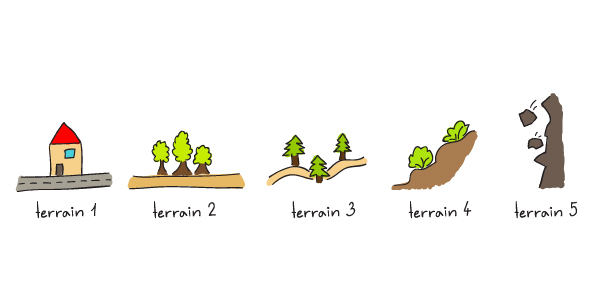
How do you choose the right geocache?
There are many different kinds of geocaches you can search for. Traditional caches are the easiest to start with. They are represented by a green dot on the smartphone intro app or a green box on the website. Select one of the green traditional caches near you. Each cache has details that will help you choose the cache you want to look for. There is a difficulty rating which tells you how hard it will be to find the cache (how well it is hidden). The terrain will tell you how difficult it will be to get to the cache. Level 1 will be wheelchair accessible while Level 5 will require some climbing, a boat, or perhaps even scuba gear! The attributes section will tell you if the cache is winter friendly which can be important in certain climates.

What are the different cache sizes?
The size indicates how big the actual cache container will be. A micro or XS will be something that is the size of a 35mm film canister or smaller and usually only contains a log sheet. A small will be a bit larger like the size of a pill bottle. Regular is larger yet and is usually a plastic container or ammo case about the size of a shoebox. Large is the largest and might be a 5-gallon bucket or larger. Sometimes the geocache container doesn’t really match any of the standard sizes (or the cache owner wants to be deceptive) so it will be marked as other with a question mark. You can click on any of the details and the intro app will show you what it means in case you can’t remember the size categories. The larger the cache is, the easier it will be to find but the majority of caches are micro in order to stay hidden from public sight better.
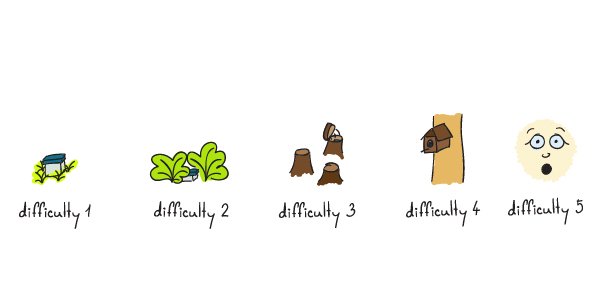
Start small and finish big
Find a traditional cache that has easier difficulty and terrain ratings to start with. Once you gain some experience, you will begin to know what to look for and can find the more difficult ones. The larger caches are also fun for the kids because they usually contain “Swag”. Swag is the description for trinkets left in the cache used for trading purposes. If you take something from the cache, you must leave something of equal or greater value in its place. This makes sure there is always some treasure for the kids to discover. Items that can be used for swag include little toys, stickers, coins, action figures, and anything appropriate for kids. Candy and food items are not recommended because they can attract bugs and animals, which can be detrimental to the container.
Pay attention to the details
Once you have a cache picked out, read the description of the cache and also read the most current log under the activity or logged visits section to be sure the cache has been found recently. There’s nothing more frustrating than spending a lot of time searching for a cache and not finding it because it has gone missing. This can happen frequently in geocaching. People might come across a container that don’t know about geocaching and throw the container away or destroy it. We call those people muggles based on the Harry Potter series referring to “non-magical” people.
How do you navigate the GPS?
Now that you’ve done all your research, you are ready to search for the cache. All apps and GPS’s have a unique way to show you the direction and distance you need to go and it can take some time to get used to now to navigate. Hold your smartphone or GPS flat with the top edge pointing in front of you for the best results. Navigate to as close as you can get to what is called GZ (ground zero). Depending on satellite reception and how good your phone or GPS is, you should be within 30 feet of the cache container once you reach GZ.
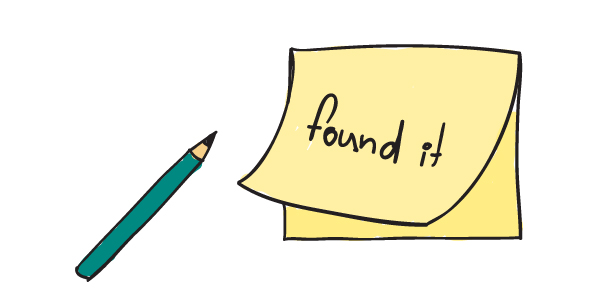
How do you find them?
Now here’s the important part. Put your cellphone or GPS away and start searching. You will waste more time trying to get your phone to put you right on top of the cache than simply just searching the area. Look for geocaching beacons. These are places that might hold the size container you are looking for. Guardrails and signposts, hollow logs, rock piles, and pine trees all have excellent hiding places for geocaches. Some geocaches are magnetic, some are flat, some are round, and others might look like dog poop, you just never know. Whether you find it or not, you should always log your experience with your smartphone or on your computer. Just click on Log Geocache or Log a New Visit and choose your type of log (Found It or Didn’t Find It) and write a description of your experience.
The Treasure Is In The Hunt
Geocaching is an easy and rewarding sport to get into. Without much investment you can soon be exploring new niches in your community and finding things you never knew existed. Beautiful vistas, neat hiking trails, and cool little cemeteries are all waiting within these hidden treasures that geocaching will expose you to.
Learn more about geocache types here.

